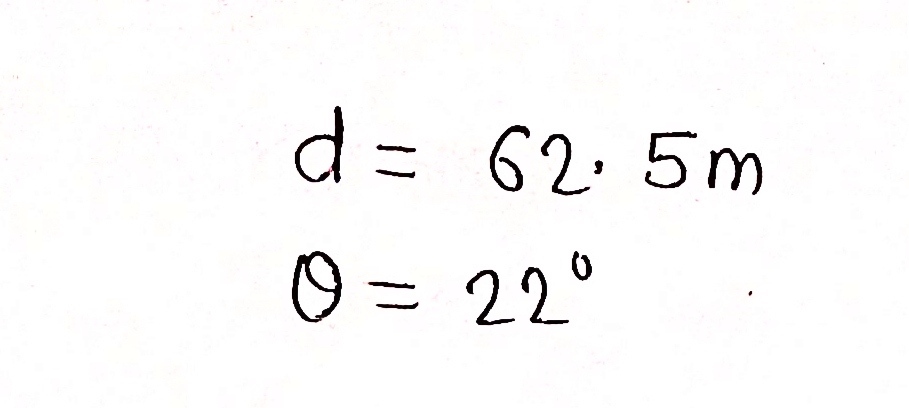demonstrate this, find the final speed and the time taken for a skier who skies 62.5 m along a slope that is 22 degrees measured from horizontal , in the following situations (you may neglect friction ) A find the final speed in m/s lf the skier starting from rest B how long (in s) does it take for the skier to reach the bottom of this hill starting from rest C find the final speed in (m/s) of the skier with speed of 2.50 m/s D how long in (s) does it take for the skier to reach the bottom of this hill with a starting speed of 2.50 m/s
Displacement, Velocity and Acceleration
In classical mechanics, kinematics deals with the motion of a particle. It deals only with the position, velocity, acceleration, and displacement of a particle. It has no concern about the source of motion.
Linear Displacement
The term "displacement" refers to when something shifts away from its original "location," and "linear" refers to a straight line. As a result, “Linear Displacement” can be described as the movement of an object in a straight line along a single axis, for example, from side to side or up and down. Non-contact sensors such as LVDTs and other linear location sensors can calculate linear displacement. Non-contact sensors such as LVDTs and other linear location sensors can calculate linear displacement. Linear displacement is usually measured in millimeters or inches and may be positive or negative.
In a downhill ski race, your final velocity is not affected very much by getting a running start, because the initial kinetic energy is compared with the gain in gravitational potential energy on even small hillsHowever, you will finish the race much faster (which is more important ) To demonstrate this, find the final speed and the time taken for a skier who skies 62.5 m along a slope that is 22 degrees measured from horizontal , in the following situations (you may neglect friction ) A find the final speed in m/s lf the skier starting from rest B how long (in s) does it take for the skier to reach the bottom of this hill starting from rest C find the final speed in (m/s) of the skier with speed of 2.50 m/s D how long in (s) does it take for the skier to reach the bottom of this hill with a starting speed of 2.50 m/s

Step by step
Solved in 5 steps with 5 images









